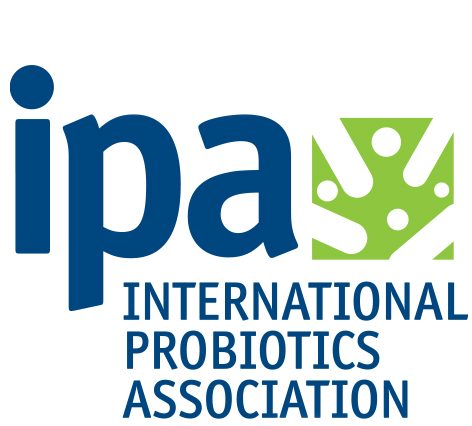Like children, probiotics must be fed. That’s where prebiotics come in. With technical names like inulin, dextrin and oligosaccharides, prebiotics sound less than appetizing, akin to feeding a human a carbohydrate and amino acid sandwich.
Yet all sorts of delicious foods stack up as great feeders for your microbes: artichokes, bananas, garlic, and asparagus are just a few.
But wait. Do all probiotics thrive on the same menu? Or are they more like people where needs may vary across gender, life stage or even ethnic group?
That answer was posed recently by researchers who will be presenting their results at Vitafoods European Conference in May. Seven different prebiotics were tested to calculate impact on growth of 26 different probiotic strains. Optical density was the barometer of growth. (Optical density is pretty much what you would suspect: the degree to which the medium retards light.)
Results?
Each probiotic favored different prebiotics.
Optimum growth then will depend on good nutrition. Now we just have to figure out whether that lactobacillus prefers bananas or onions for breakfast.
